A Complete Guide to Product Engineering: From Concept to Launch
Product engineering is a comprehensive process that encompasses the entire lifecycle of a product, from initial idea generation to final delivery. This guide will explore the key stages of product engineering, ensuring your product not only meets market d

In today’s competitive marketplace, bringing a product from concept to launch requires a systematic and well-coordinated approach. Product engineering is a comprehensive process that encompasses the entire lifecycle of a product, from initial idea generation to final delivery. This guide will explore the key stages of product engineering, ensuring your product not only meets market demands but also aligns with business goals.
1. Understanding Product Engineering
Product engineering refers to the integrated process of designing, developing, and delivering a product. It combines multiple disciplines, including software development, mechanical engineering, quality assurance, and project management. By fostering collaboration among these teams, businesses can ensure that their products are functional, innovative, and market-ready.
Key Components of Product Engineering:
- Concept Development: Identifying market needs and generating ideas.
- Design: Creating prototypes and refining the product's design.
- Development: Building and testing the product.
- Launch: Preparing for market entry and managing product deployment.
2. Stage 1: Concept Development
The journey begins with understanding the market landscape. This stage involves conducting thorough market research, analyzing competitors, and identifying customer pain points. By gathering insights, teams can generate innovative ideas that address real-world problems.
Key Activities:
- Market Research: Identify trends, target audience, and gaps in the market.
- Ideation: Brainstorming sessions to generate and refine product ideas.
- Feasibility Study: Assessing technical and financial viability.
By investing time in this stage, businesses can create a solid foundation for their product development process.
3. Stage 2: Design
Once a concept is validated, the next step is to design the product. This phase includes creating wireframes, prototypes, and user interface designs. Effective design not only enhances user experience but also ensures that the product aligns with technical requirements.
Key Activities:
- Wireframing: Creating visual representations of the product's layout.
- Prototyping: Developing functional models for testing and feedback.
- User Testing: Gathering feedback from potential users to refine the design.
By incorporating user feedback during the design phase, businesses can increase the chances of product success.
4. Stage 3: Development
With a finalized design in hand, the development phase begins. This involves translating the design into a functional product through coding, assembly, and rigorous testing. Collaboration between development, quality assurance, and product management teams is critical to ensure that the product meets all requirements.
Key Activities:
- Agile Development: Implementing iterative development methodologies for flexibility.
- Quality Assurance: Conducting extensive testing to identify and resolve issues.
- Documentation: Keeping thorough documentation for future reference and maintenance.
By focusing on quality and efficiency during development, businesses can minimize risks and enhance the product’s reliability.
5. Stage 4: Launch
Once the product is developed and thoroughly tested, it’s time to prepare for launch. This stage includes marketing strategies, user training, and operational support to ensure a smooth rollout. A successful launch requires coordinated efforts across various teams.
Key Activities:
- Marketing Strategy: Creating awareness through digital marketing, PR, and social media.
- Training: Educating users and stakeholders about the product.
- Monitoring: Establishing systems to track performance and gather user feedback post-launch.
A well-executed launch can significantly influence the product's reception in the market.
6. Stage 5: Post-Launch Evaluation
The product engineering process doesn’t end at launch. Post-launch evaluation is crucial to understanding user satisfaction, identifying areas for improvement, and planning future updates. This feedback loop allows businesses to stay relevant in a dynamic market.
Key Activities:
- User Feedback: Collecting and analyzing customer feedback to identify strengths and weaknesses.
- Performance Metrics: Monitoring key performance indicators (KPIs) to assess product success.
- Iterative Improvement: Planning updates and enhancements based on user insights.
By prioritizing post-launch evaluation, businesses can ensure their products continue to evolve and meet changing market demands.
Conclusion
Product engineering is a complex yet rewarding journey that requires careful planning, collaboration, and execution. By following a structured approach from concept to launch, businesses can develop innovative products that resonate with their target audience and drive growth.
At Buzmeker, we specialize in product engineering services that guide you through each stage of the process. Whether you're at the ideation phase or ready to launch, our expert team is here to help you transform your ideas into successful products. Contact us today to learn how we can support your product engineering journey.
















